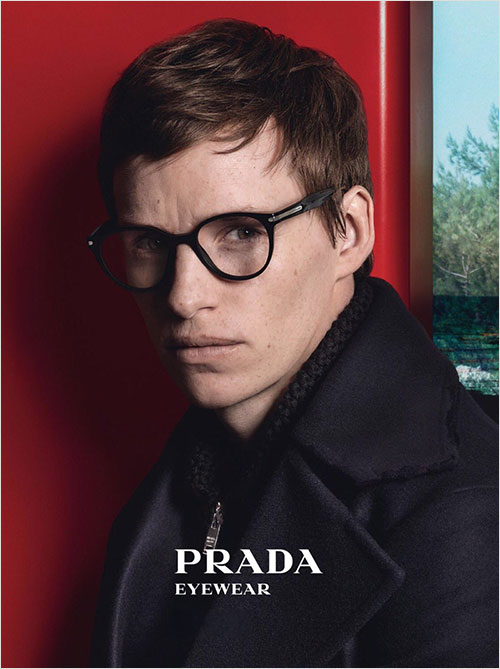According to the “Automotive Sunroof Market By Material Type, By Vehicle Type: Global Opportunity Analysis and Industry Forecast, 2020-2030” report the automotive sunroof market size was valued at $5.75 billion in 2020, and is estimated to reach $13.6 Billion by 2030, growing at a CAGR of 9.3% from 2021 to 2030.
The automotive sunroof is a top-notch luxury feature of the vehicle and has become one of the most iconic style choices for cars in recent years. The sunroof is designed to operate manually and electrically based that depends on the type of vehicle. The structure of a sunroof allows light or fresh air to enter the vehicle’s interior through an opening on the top of the roof. Furthermore, it increases the comfort level of passengers by providing better air circulation and offering superior brightness and illumination during the daytime. Sunroofs are available in different shapes, sizes, and styles and act as an extra accessory.
Furthermore, original equipment manufacturers (OEMs) have started offering panoramic, inexpensive pop-up sunroofs or optional sunroof systems and other spoiler-type small sunroofs to mid-segment cars in addition to luxury or premium vehicles. In addition, premium OEMs such as BMW AG, Audi AG, and Daimler AG are continuously investing in R&D for incorporating solar sunroofs in their cars for improving the efficiency of electric vehicles.
Also, governments in the Asia-Pacific region are actively promoting environment-friendly vehicles in their respective countries. Thus, constant support & funding from various governments for the development of solar roof technology & infrastructure are expected to create lucrative growth opportunities for the automotive solar sunroof market across green mobility segment.
For the purpose of analysis, the global automotive sunroof market is segmented on the basis of material type, vehicle type, and region. Based on the material type, the market is categorized into glass & fabric material. The glass segment is further classified into tilt & slide sunroof, panoramic sunroof, pop-up sunroof, and solar sunroof.
Based on the vehicle type, the market is categorized into gasoline-powered vehicle & electric-powered vehicle. The gasoline-powered vehicle segment is sub-segmented into hatchback, sedan, and sport utility vehicle (SUV). The electric-powered vehicle is further classified into battery electric vehicle (BEV), hybrid electric vehicle (HEV), and plug-in hybrid vehicle (PHEV). Based on region, the market is analyzed across North America, Europe, Asia-Pacific, and LAMEA
The growth drivers, restraints, and opportunities are explained in the report to better understand the market dynamics. This report further highlights the critical areas of investment. In addition, it includes Porter’s five forces analysis to understand the competitive scenario of the industry and the role of each stakeholder. The report features the strategies adopted by key market players to maintain their foothold in the market. Furthermore, it highlights the competitive landscape of the key players to increase their market share and sustain the intense competition in the industry.
The key players operating in the global automotive sunroof market are Aisin Corporation, Automotive Sunroof-Customcraft (ASC) Inc., BOS Group, CIE Automotive, Inalfa Roof Systems Group B.V., Inteva Products, Magna International Inc., Johnan America, Inc., Webasto Group, and Yachiyo Industry Co., Ltd.
Key Benefits
- This study presents analytical depiction of the global automotive sunroof market along with the current trends and future estimations to depict the imminent investment pockets.
- The overall market potential is determined to understand the profitable trends to enable stakeholders gain a stronger foothold in the market.
- The report presents information related to key drivers, restraints, and opportunities with a detailed impact analysis.
- The current market is quantitatively analyzed from 2021 to 2030 to highlight the financial competency of the market.
- Porter’s five forces analysis illustrates the potency of the buyers and suppliers.












